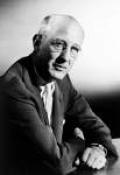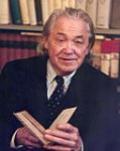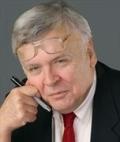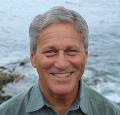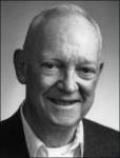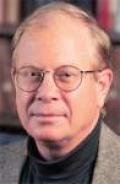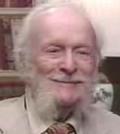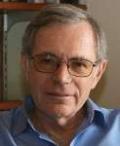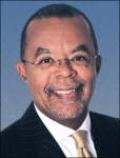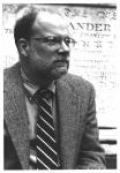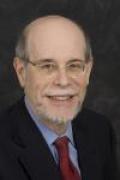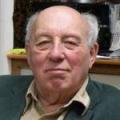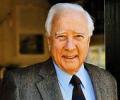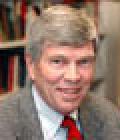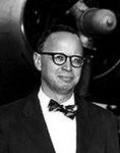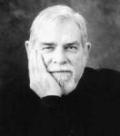Nagasaki
A cataclysm became inevitable in the last months before Hiroshima.
By the summer of 1944, U.S. military power in the Pacific Theater had grown spectacularly. Beginning nine days after the D-Day invasion in France, American forces launched their largest attacks yet against the Japanese-held islands of Saipan on June 15, Guam on July 21, and Tinian on July 24.
Stationed near Nagasaki at the close of the war, a young photographer ventured into the devastated city, and stayed for months
Truman was Commander in Chief of the American armed forces, and he had a duty to the men under his command not shared by those sitting in moral judgment decades later
On the morning of August 6, 1945, the American B-29 Enola Gay dropped an atomic bomb on the Japanese city of Hiroshima. Three days later another B-29, Bock’s Car , released one over Nagasaki.





